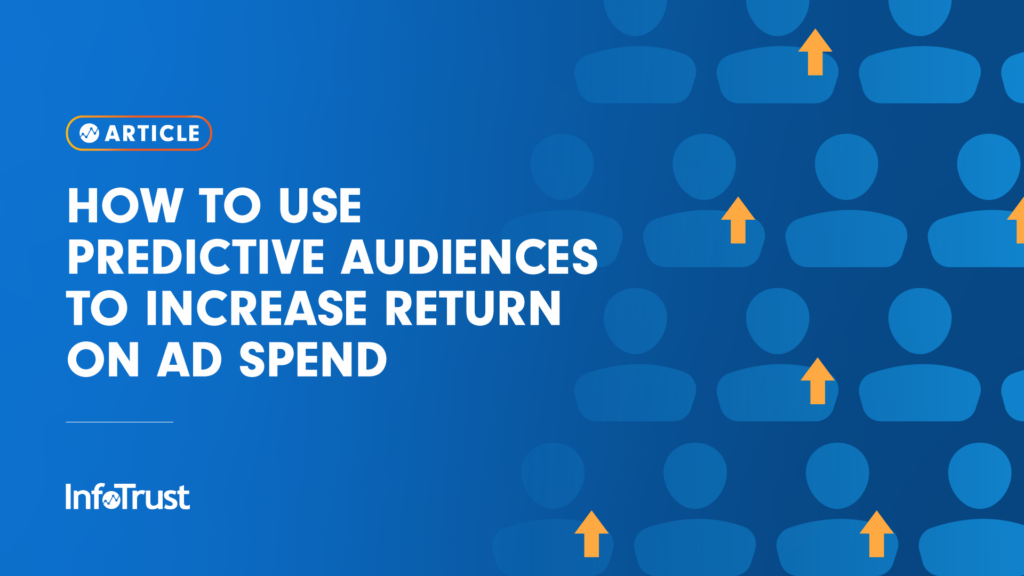Predictive audience methods are a powerful tool for increasing ROAS. By using predictive audience methods, you can target your marketing to the exact people most likely to respond to it in order to maximize results.
Because predictive audiences give you the ability to reach your most loyal and valuable customers—the ones who are the most likely to buy your products or services—you’ll inevitably have greater targeting precision. They also save your company money by directing your marketing dollars to fewer consumers. They’ve been shown to have a 20 percent higher ROAS than other conventional digital marketing methods.
While using predictive audiences can help you increase your ROAS, they can only do so if you do it right. To use predictive audiences correctly, you must be able to identify what your goals are and where the data is that will help you achieve those goals. That data should be accurate and reliable, which means you should know how to use it effectively and how to avoid any potential pitfalls or biases that might come from using the wrong kind of data or from using too much or not enough of the right kind of data.
Once you’ve got all of that information, then you can start building out your predictive audiences based on what works best for your business.
The big question: What kind of predictive audience methods should you use? Here are a few common types:
Predictive Audience Methods
- Propensity modeling: This tool offers insight into how likely it is that a customer will engage in a certain behavior, such as making a purchase or signing up for your email list. It can help you determine which customers are most likely to respond to your marketing efforts and then tailor your campaigns accordingly.
- Customer lifetime value: This predictive audience helps you understand how much you’ll make from each customer over the course of their relationship with your brand. You can use this information to gauge whether it’s worth it to spend additional resources on them, or if they’re likely to be less valuable than other customers.
- Time to reorder: This tool predicts when customers will need more of an item you sell. For example, if you sell makeup products, this could be when people need new lipsticks or eyeliners. Knowing this information can help you plan future promotions around when those items would get used up.
- Churn modeling: This predictive audience predicts whether customers will leave your brand or not in the future based on current behavior. You can use this information to identify who is most at risk of leaving so that you can take action before they decide not to renew their membership or order again.
As we see above, predictive audiences can be a powerful tool for both brands and their customers. They can help increase ROAS by reaching the most valuable customers at the right time, but they also increase customer satisfaction and loyalty by providing better messaging.
By using predictive audiences, brands can make the most of their digital marketing budget by knowing exactly who they’re reaching with their messaging and then target them accordingly. If you’re looking to optimize your messaging and increase ROAS, give predictive audiences a try.


